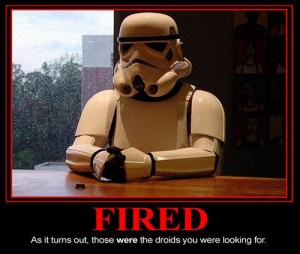A colleague on Twitter shared this comment recently:
My son is learning about some of the coolest events in U.S. History and it’s all via worksheets.
That is a pretty sad, but telling statement. A subject where kids continually decry, “Why should we care about what happened in the past?” Instead of letting them discover why they should care, they might end up getting worksheeted to death.
Another colleague on Twitter replied with this:
 Wow. Simply, wow. This would be my syllabus every single year. Think of how much great history could come from the mouths of students who discovered what they missed and why it was important to them. Nobody is telling them what they have to know. They are discovering it on their own. Then they’re sharing it with the world.
Wow. Simply, wow. This would be my syllabus every single year. Think of how much great history could come from the mouths of students who discovered what they missed and why it was important to them. Nobody is telling them what they have to know. They are discovering it on their own. Then they’re sharing it with the world.
Essential questions. Driving Questions. Inquiry. History can be the greatest story ever told.
Then again, you might get some really industrious student who wants to put his/her own (modern media) spin on history, like this:
Hmm. Entry Event, anyone?

